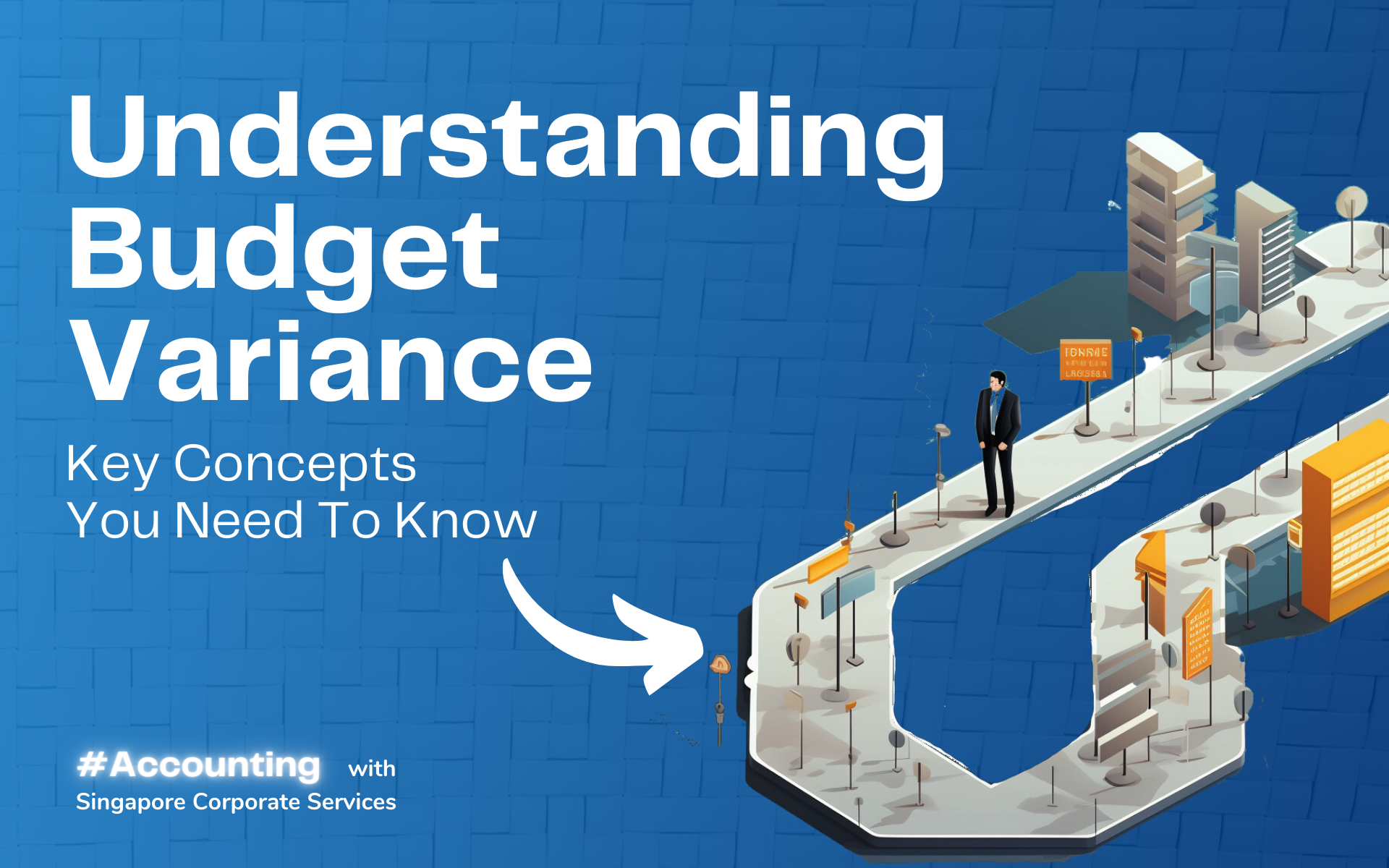In the realm of financial management, budget variance serves as a critical tool for assessing the performance of an organisation. It enables businesses to gauge the efficacy of their financial planning and execution. Understanding budget variance empowers decision-makers to make informed choices and implement strategic measures to achieve financial goals. In this article, we will delve into the concept of budget variance, its implications, and how to calculate it. This knowledge equips businesses with the ability to gauge the effectiveness of their financial planning and execution, bringing them one step closer to better financial management.
What is Budget Variance?
Budget variance refers to the difference between the projected or planned budget and the actual financial outcome. It is a numerical representation of how closely an organisation’s financial performance aligns with its initial budgetary projections. The variance can either be favourable (positive) or unfavourable (negative) based on whether the actual results surpass or fall short of the budgeted figures.
Positive Variances vs Negative Variances
A positive budget variance arises when the actual revenue exceeds the budgeted amount, or costs are lower than anticipated. Positive variances can be a result of effective cost management, increased productivity, or favourable market conditions.
On the other hand, a negative budget variance occurs when the actual costs exceed the budgeted amount, or revenue falls below the projected value. This indicates potential inefficiencies or unexpected obstacles that have impacted the financial performance adversely.
Root Causes of Budget Variances
Effective financial management requires a keen understanding of the factors that contribute to budget variances. Identifying the root causes is essential for maintaining financial stability and achieving our goals.
Several factors can contribute to budget variances. Identifying the root causes is crucial for effective financial management. Common factors include:
a. Fluctuations in market conditions and customer demand.
b. Changes in the cost of raw materials or operational expenses.
c. Inaccurate budgeting assumptions or flawed forecasting techniques.
d. Economic shifts or unexpected external events.
e. Inefficient resource allocation or utilisation.
f. Project delays or unexpected changes in project scope.
By proactively addressing these factors, we can pave the way for better financial planning and decision-making.
Budget variance analysis may sound complex, but it’s a vital tool for understanding how well our finances align with our plans. There are two simple formulas to calculate variance:
Positive Convention: Actual Spending – Budgeted Spending = Variance
Negative Convention: Budgeted Spending – Actual Spending = Variance
Don’t worry, there’s no right or wrong way to do it, just pick one and stick to it consistently. After getting the variance numbers, we need to analyse the context to make sense of them. For instance, if we spent $600 on office supplies instead of the budgeted $200, we might think it’s a big problem. However, we should consider the overall budget and the impact before panicking.
Let’s take a more advanced example. Imagine Company X produces “doodads” and uses direct labour hours to estimate overhead costs. They made 5,000 doodads in August, but the actual costs didn’t match the budget. For materials, they paid less per piece, resulting in a favourable price variance. However, they used more materials than planned, leading to an unfavourable quantity variance.
To manage finances effectively, businesses must keep monitoring budgets and important expenses. This way, they can adjust spending or allocate resources as needed to stay on track with their financial goals. Understanding budget variance helps businesses make informed decisions for a successful future.
Skip the Math with Xero!
Modern accounting software like Xero simplifies the budget variance calculation process. Xero’s built-in functions automatically generate budget reports and variances, saving time and effort. By inputting the budgeted and actual financial data into Xero, users can access comprehensive reports that highlight variances, both positive and negative, with clear visual representations. This streamlines the analysis process and allows businesses to focus on strategic decision-making.
To use Xero’s Budget Variance report, first go to Accounting > Reports, find the report, and select a date range. Customize other options if necessary, then click “Update” to view the report. To adjust columns, click “Edit layout” in the report, delete or add columns as needed, and click “Update layout” to save changes.
Variance is calculated by subtracting the first column from the second column. To show variance as a percentage of the second column, we divide the variance by the second column using the formula: (first column – second column) / second column.
And that’s it! With Xero’s Budget Variance report, you can effortlessly keep track of your financial performance and make informed decisions to stay on budget.
Benefits of Effective Budget Variance Analysis
Effective budget variance analysis provides numerous benefits that can greatly impact an organisation’s financial success. It allows for early detection of any financial discrepancies and inefficiencies, enabling prompt corrective actions. By offering accurate insights into financial performance, it aids in making informed and sound financial decisions.
Budget variance analysis helps in optimising cost control and resource allocation, ensuring resources are used efficiently. Additionally, it enhances the evaluation of departmental and project performances, allowing for targeted improvements. Embracing budget variance analysis empowers organisations to stay on top of their finances and thrive in today’s dynamic business landscape.
Get started today with Xero!
Budget variance analysis plays a vital role in financial management, enabling businesses to evaluate their financial performance and make informed decisions. By understanding the root causes of variances, organisations can implement measures to optimise operations, enhance profitability, and achieve their financial objectives.
Singapore Corporate Services (SCS) offers financial audit services aimed at assessing businesses’ financial health and performance for tax filing and auditing purposes. Our team conducts thorough reviews of financial statements, identifying areas for improvement and suggesting efficiency-enhancing measures to drive growth. With a profound understanding of Xero’s capabilities, we provide tailored advice to enable clients to make informed decisions and capitalise on financial opportunities.
How to Change Your Company Name in Singapore
A company's name can significantly shape its identity, yet there are times when a change becomes...
Is Singapore a Tax Haven? A Comprehensive Analysis
Is Singapore really a tax haven, or is it simply capitalising on tax policies that spur economic...
Fiscal Year vs Financial Year: Definitions and Implications
Is there a difference between a fiscal year and a financial year? While they both refer to the...




